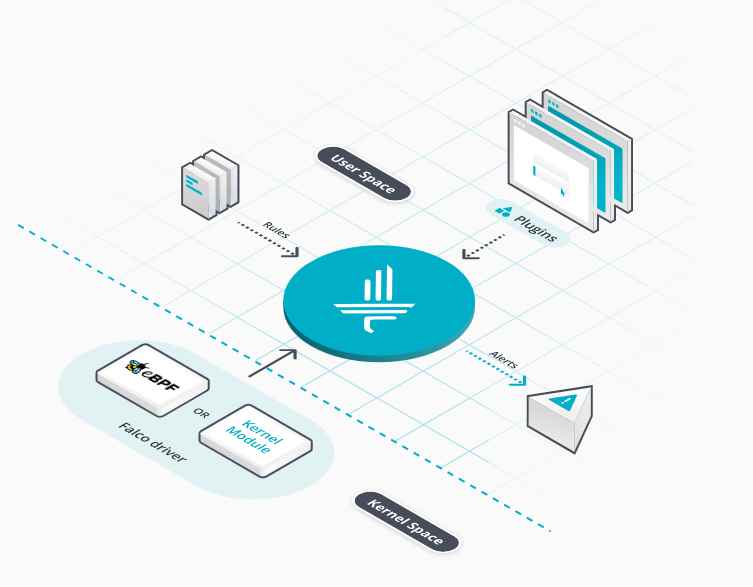Development teams can benefit from the different libraries and open source frameworks, but they need to keep in mind the possible risks of this practice
A growing trend among software development teams is the adoption of open source code, as cyber security organization specialists believe that open source components currently comprise between 60 and 80% of code in modern applications. Software development teams have realized that using open source code helps them build safer, more powerful web applications in a fastest process.
Although there are obvious reasons for developers to use open source components, this practice carries some risks. Constantly securing an open source product can be a huge and time-consuming challenge, and it depends on the right tools for those who use it to stay safe from these threats.
Speaking about open source components, the most common security risk is known vulnerabilities. These are vulnerabilities and solutions, published by the cyber security organization community or the open source community, which are available for anyone to see and can be used by hackers to exploit the victims.
Open source components are used in different kinds of developments, and open source security vulnerabilities present in a single component can have a huge impact on a large number of web applications. The open source community provides maintenance to the different open source components and quickly alerts users when a new vulnerability is discovered.
To help users maintain these secure components, cyber security organization researchers publish their findings on different portals, enumerating vulnerabilities, how to fix them, and how those flaws can be exploited. While this helps security teams and developers to correct their applications, hackers also use these resources to better understand their possible attack vectors.
The main challenge is to always stay one step ahead of the hacker; unfortunately, most development teams are unaware of how many of their products depend on open source components and typically do not maintain an inventory of the code and possible vulnerabilities. This is a major problem, as they may be victims of cyberattacks through a vulnerable open source component to which they did not pay due attention. This is what happened in the Equifax data breach last September when the company was hacked through a vulnerable version of Apache Struts 2, which caused the theft of millions of personal records.
Manually tracking an organization’s open source can be a really slow process. To optimally implement a development, the best solution is to automate the selection and management process of open source components.
By implementing a correct automated open source verification process, development teams will be able to avoid potential security failures in the future. By integrating such tools into the software development cycle, vulnerable components can be tracked before they are inserted into an organization’s encoding environment.
Also, cyber security organization specialists from the International Institute of Cyber Security recommend organizations to stay alert on any new vulnerability reports, which will give their security teams time to quickly repair vulnerable components before they can be tapped.

Working as a cyber security solutions architect, Alisa focuses on application and network security. Before joining us she held a cyber security researcher positions within a variety of cyber security start-ups. She also experience in different industry domains like finance, healthcare and consumer products.












